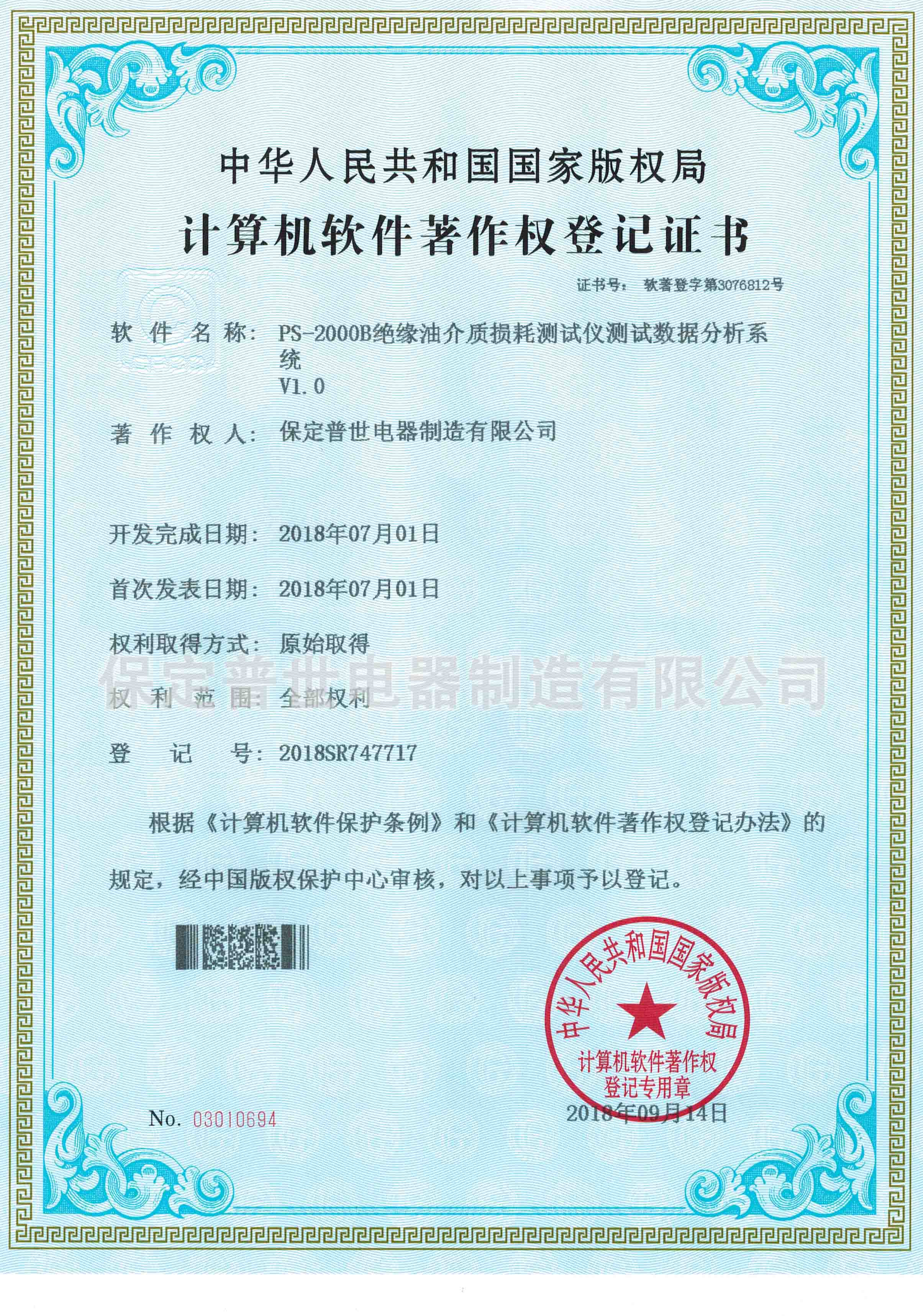 English
English



-
 Afrikaans
Afrikaans -
 Albanian
Albanian -
 Amharic
Amharic -
 Arabic
Arabic -
 Armenian
Armenian -
 Azerbaijani
Azerbaijani -
 Basque
Basque -
 Belarusian
Belarusian -
 Bengali
Bengali -
 Bosnian
Bosnian -
 Bulgarian
Bulgarian -
 Catalan
Catalan -
 Cebuano
Cebuano -
 China
China -
 China (Taiwan)
China (Taiwan) -
 Corsican
Corsican -
 Croatian
Croatian -
 Czech
Czech -
 Danish
Danish -
 Dutch
Dutch -
 English
English -
 Esperanto
Esperanto -
 Estonian
Estonian -
 Finnish
Finnish -
 French
French -
 Frisian
Frisian -
 Galician
Galician -
 Georgian
Georgian -
 German
German -
 Greek
Greek -
 Gujarati
Gujarati -
 Haitian Creole
Haitian Creole -
 hausa
hausa -
 hawaiian
hawaiian -
 Hebrew
Hebrew -
 Hindi
Hindi -
 Miao
Miao -
 Hungarian
Hungarian -
 Icelandic
Icelandic -
 igbo
igbo -
 Indonesian
Indonesian -
 irish
irish -
 Italian
Italian -
 Japanese
Japanese -
 Javanese
Javanese -
 Kannada
Kannada -
 kazakh
kazakh -
 Khmer
Khmer -
 Rwandese
Rwandese -
 Korean
Korean -
 Kurdish
Kurdish -
 Kyrgyz
Kyrgyz -
 Lao
Lao -
 Latin
Latin -
 Latvian
Latvian -
 Lithuanian
Lithuanian -
 Luxembourgish
Luxembourgish -
 Macedonian
Macedonian -
 Malgashi
Malgashi -
 Malay
Malay -
 Malayalam
Malayalam -
 Maltese
Maltese -
 Maori
Maori -
 Marathi
Marathi -
 Mongolian
Mongolian -
 Myanmar
Myanmar -
 Nepali
Nepali -
 Norwegian
Norwegian -
 Norwegian
Norwegian -
 Occitan
Occitan -
 Pashto
Pashto -
 Persian
Persian -
 Polish
Polish -
 Portuguese
Portuguese -
 Punjabi
Punjabi -
 Romanian
Romanian -
 Russian
Russian -
 Samoan
Samoan -
 Scottish Gaelic
Scottish Gaelic -
 Serbian
Serbian -
 Sesotho
Sesotho -
 Shona
Shona -
 Sindhi
Sindhi -
 Sinhala
Sinhala -
 Slovak
Slovak -
 Slovenian
Slovenian -
 Somali
Somali -
 Spanish
Spanish -
 Sundanese
Sundanese -
 Swahili
Swahili -
 Swedish
Swedish -
 Tagalog
Tagalog -
 Tajik
Tajik -
 Tamil
Tamil -
 Tatar
Tatar -
 Telugu
Telugu -
 Thai
Thai -
 Turkish
Turkish -
 Turkmen
Turkmen -
 Ukrainian
Ukrainian -
 Urdu
Urdu -
 Uighur
Uighur -
 Uzbek
Uzbek -
 Vietnamese
Vietnamese -
 Welsh
Welsh -
 Bantu
Bantu -
 Yiddish
Yiddish -
 Yoruba
Yoruba -
 Zulu
Zulu
acidity of transformer oil
Understanding the Acidity of Transformer Oil
Transformer oil plays a pivotal role in the operation and longevity of electrical transformers. One of the critical parameters used to assess the quality of transformer oil is its acidity, typically measured in terms of its Total Acid Number (TAN). The acidity level of transformer oil is a key indicator of the oil's condition and its ability to perform effectively in electrical insulation and heat transfer.
Acidity in transformer oil primarily arises from the degradation of the oil due to thermal stress, oxidation, and the formation of organic acids over time. When transformer oil is exposed to high temperatures and oxygen, it undergoes oxidative processes that lead to the breakdown of its molecular structure. This degradation produces acidic compounds that can adversely affect the performance of the transformer and its insulation system.
The Total Acid Number (TAN) is measured in milligrams of potassium hydroxide (KOH) required to neutralize the acids in one gram of oil. A low TAN value indicates good quality oil with minimal degradation, while a higher TAN signifies a higher concentration of acidic compounds, signaling the potential need for oil replacement or filtration.
acidity of transformer oil

Monitoring the acidity of transformer oil is essential for several reasons. High acidity levels can lead to corrosion of transformer components, which may compromise the integrity of the insulation systems and ultimately lead to equipment failure. Additionally, acidic transformer oil may increase the risk of dielectric breakdown, which can cause catastrophic failures and safety hazards. Therefore, maintaining an appropriate acidity level is crucial for ensuring the reliability and safety of transformer operations.
Regular testing of transformer oil for acidity is a common practice in the electrical industry. If the TAN exceeds a certain threshold, treatment options such as filtration, regeneration, or even complete oil replacement might be necessary. These procedures help restore the oil’s properties, thereby extending the life of the transformer and improving its operational efficiency.
In conclusion, the acidity of transformer oil is a vital aspect of transformer maintenance that cannot be overlooked. Regular monitoring and management of acidity levels can prevent potential failures, enhance the reliability of electrical systems, and ultimately ensure a safe and efficient supply of electricity. Transformer operators should prioritize regular analysis to maintain the integrity of the transformer oil and, by extension, the entire electrical infrastructure.
-
Testing Equipment Industry Sees Major Advancements in 2025: Smart & Precision Technologies Lead the WayNewsJun.06,2025
-
Applications of Direct Current Generators in Renewable Energy SystemsNewsJun.05,2025
-
Hipot Tester Calibration and Accuracy GuidelinesNewsJun.05,2025
-
Digital Circuit Breaker Analyzer Features and BenefitsNewsJun.05,2025
-
Benefits of Real-Time Power Quality Monitoring Devices for Industrial EfficiencyNewsJun.05,2025
-
Earth Fault Loop Testing in High-Rise Building Electrical SystemsNewsJun.05,2025



